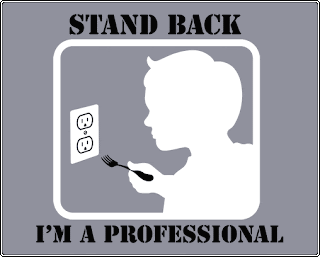 |
| This is not reversed, the signage has been painted that way |
Nottingham Contemporary is very conveniently located only a few yards away from the upper level exit from the Broadmarsh Shopping Centre. It is a curious-looking building. Whatever delights it may contain in the way of exhibitions, the building itself has an aggressive, forbidding exterior. Its relatively windowless outside walls are painted a drab camouflage green, making it look like a casemate or fortified gun emplacement. One could well imagine that it would look quite at home along the Maginot Line or among the World War II defences of the Normandy Coastline. Like those structures, it is a multi-level building built down into the ground, descending into a disused railway cutting where the old Great Central Railway once entered a tunnel that burrowed deep beneath the heart of the city.
Maybe it's my ageing eyesight, but I completely missed the main entrance, which is part of the long glass wall beneath the overhang in the lower photograph. Having walked straight past it without seeing that one part of the glass wall was a door, I went down the outside stairs to a patio outside the lower level. There, I could get into the gallery café and up the inside stairs to the main exhibition area.
Once inside the gallery, the exhibition lived up to all the positive reports I'd heard from the students who had already been to see it. Given that her work is so well-known, there is little I feel I can add except to note the pleasure of looking at first-generation and vintage prints of images usually seen as reproductions in books. The classic images we know so well – the identical twins and the boy with the hand grenade – were all there alongside a wealth of images that give an idea of a much broader range to her work.
While all of her work draws our attention to what the exhibition leaflet calls 'the unusual in the ordinary', many of her photographs avoid an emphasis on the grotesque and freakish and 'reflect her broader interest in the rituals and customs of self-contained groups'. In this, it is easy to see the inspiration she drew from the documentary portraiture of August Sander, whose influence she readily acknowledged.
It was an exhibition that would repay a second visit, so it will be a pleasure to go and see it when it travels to London in March alongside what should be an equally fascinating exhibition on the work of Joseph Beuys.










